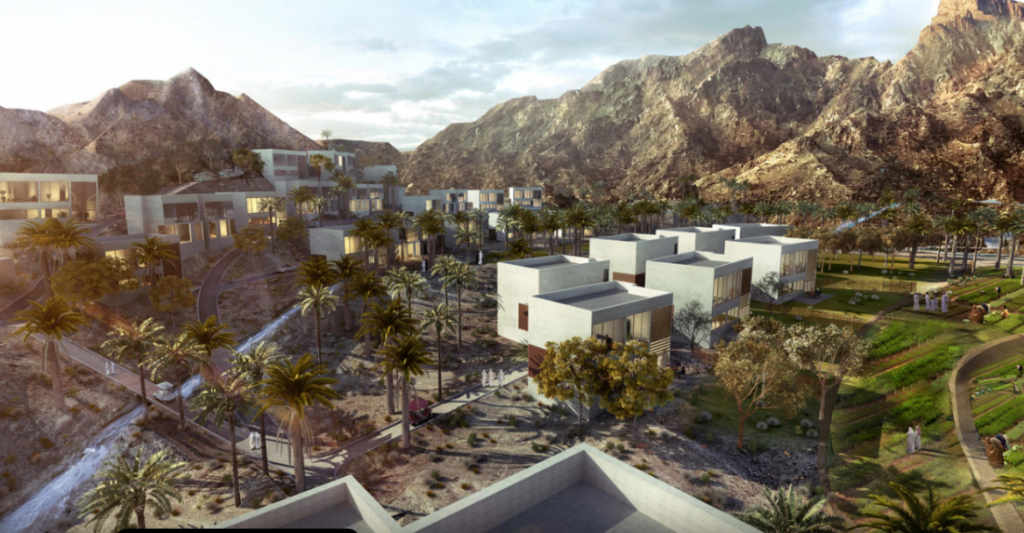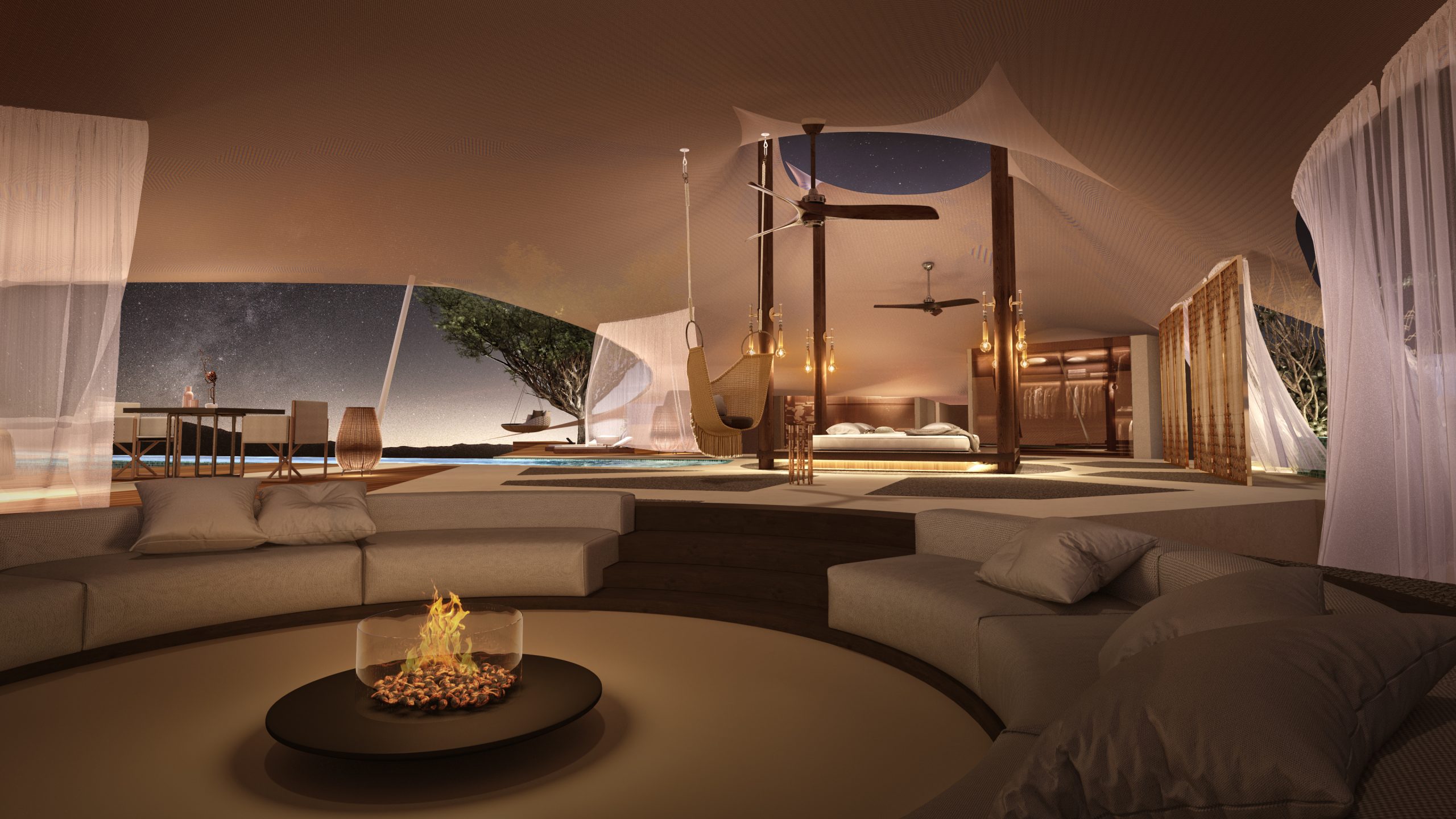Estimated reading time: 3 min
Seen as the next big trend, the construction concept is revolutionising accommodation amid a growing global energy crisis. ‘Passive house’ is a popular building standard that is acclaimed for being energy efficient and ecological as well as comfortable and affordable at the same time. It has been reported that on average the architectural style saves 75% kWh/(m2yr) on heating energy alone (1).
Between energy costs continuing to rise and people becoming more concerned about the reality of global warming, wesee a boom in demand for accommodation of Passive House standards. While it is typical to look at international corporations or transportation as a leading cause of greenhouse gas emissions, it has been calculated that buildings alone can account for up to 48% of these emissions (2). According to the International Passive House Association, 35% of global energy consumption currently stems from the building sector alone and the operational stage is the largest contributor to the aforementioned carbon emissions, primarily stemming from demand of heating and cooling (3). Passive House buildings provide a transparent, quality-assured approach to meeting climate goals, while also creating a comfortable, healthy and sustainable built environment. The design concept was first developed in Germany and has quickly become a standard in many parts of the world, including the United States. Where other important standards such as LEED, focus on many environmentally friendly aspects of the home, including site location, sustainability, materials, water efficiency and so on, Passive House (PH) only focuses on energy and ventilation. It could be pointed out that other environmental issues such as energy production technology such as solar panels were not part of the certification process, most Passive Houses are designed around the idea that before architects consider creating energy, they should build houses that need less energy.
The design concept was first developed in Germany and has quickly become a standard in many parts of the world, including the United States. Where other important standards such as LEED, focus on many environmentally friendly aspects of the home, including site location, sustainability, materials, water efficiency and so on, Passive House (PH) only focuses on energy and ventilation. It could be pointed out that other environmental issues such as energy production technology such as solar panels were not part of the certification process, most Passive Houses are designed around the idea that before architects consider creating energy, they should build houses that need less energy.
The five key principles of a passive house building are: air-tight constructions, thermal insulation, heat recovery ventilation, high-performance windows and bridge-free detailing. As you can see, all of these points are focused on energy conservation and heat retention/ regulation. The requirements for PH certification are stringent and specify maximum heat and cooling demand, total primary energy consumption, and a maximum leakage of air volume per hour at 50 Pascal pressure, which is measured with a blower door test (4). Passive houses are designed with super-insulation, high-performance windows, an airtight building shell and the use of an energy recovery ventilator (ERV) to exchange the stale interior air with fresh outside air. Since PHs are so airtight, ERV ventilation is needed to keep the air fresh and healthy inside the house.
These buildings are not only good for the environment, but they promote good health and create a more comfortable environment in the home. Due to the requirements of the passive house standard, all comfort criteria are automatically and optimally fulfilled which substantially improves the thermal insulation while simultaneously improving the thermal comfort for the individual. The Passive House Resource explains that the principle of Fanger’s comfort equation is applied to calculate the optimal thermal comfort that is established when the heat released by the human body is in equilibrium with its heat production. By creating a relationship between the individual and the determining factors for the thermal surroundings, these PH buildings are architecturally innovative to a level that maximises the ambient comfort and health of its inhabitants (5). The ongoing list of appealing logistics aside though, the Passive House design is still fighting against the ‘traditional’ perception of prefab houses. These houses are simple in principle however, in the past due to limited resources and underdeveloped methodology and practices, they have been seen as inferior and crude in design. However, with the processes having progressed over the last 20 years, we see the cost of PH go down at the same time as the aesthetic quality goes up. Now there are stylish and architecturally creative passive house prefab houses that meet the standards across the globe, and they are expected to only become more widespread.
The ongoing list of appealing logistics aside though, the Passive House design is still fighting against the ‘traditional’ perception of prefab houses. These houses are simple in principle however, in the past due to limited resources and underdeveloped methodology and practices, they have been seen as inferior and crude in design. However, with the processes having progressed over the last 20 years, we see the cost of PH go down at the same time as the aesthetic quality goes up. Now there are stylish and architecturally creative passive house prefab houses that meet the standards across the globe, and they are expected to only become more widespread.
It is apparent that we are reaching a point in the evolution of architecture where designs will inherently be energy efficient, and the concept of ‘passive house’ will be synonymous with design itself.


